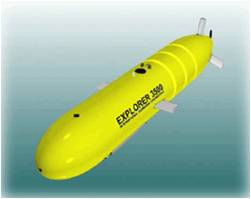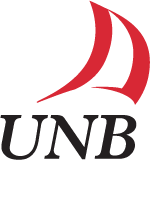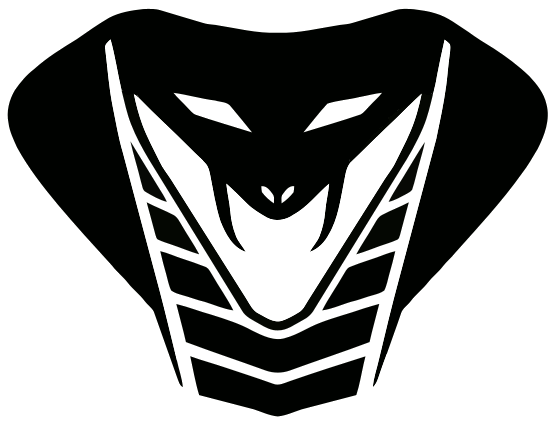Liam Paull
PhD Candidate
Email: liam.paull_at_unb_dot_ca
Research
Interests:
Current Projects
- Single and multiple robot information gain algorithms for AUV area coverage for mine countermeasures.
- Interfacing the MOOS-IvP middleware developed by Oxford and MIT and used by the US Navy with the MIRO middleware used by Defence R&D Canada.
- UGV competition hosted by Unmanned Systems Canada that uses Pioneer robots and the Player/Stage/Gazebo suite.
Past Projects
- Developed a domestic electric water heater model to be used for a demand side management program
- Worked on control systems of renewable energy system power inverters
Educational Background
I received my B. Eng. in Computer Engineering from McGill University in December 2004. Then I took a few years off to work and travel before registering at the University of New Brunswick in 2007. I worked on my Master of Science for one year before converting to the PhD program.
Teaching Experience
- At McGill I was a teacher's assistant for Intermediate Calculus and Discrete Mathematics. This required grading assignments and giving tutorial lectures
- At UNB I have been a lab assistant for Digital Systems, Safety Critical Design, and Electric Machines.
The work of one University of New Brunswick researcher will have effects around the world. Liam Paull, who is working with research team COBRA (COllaboration Based Robotics and Automation), is an expert in the field of autonomous underwater vehicles (AUVs for short). His work will be able to help Navy vessels search for mines in seabed.
"What I'm trying to do is develop algorithms so that an autonomous robotic submarine can swim around without any command from a human," he explains. "I'm developing algorithms that will help it determine an efficient path by itself - what's the way that it should move around such that it can be sufficiently confident that there are no mines?"
The research that Liam is conducting is a perfect fit with COBRA, a group that has been researching and developing unmanned air and ground vehicles since 2009. Liam says that there is a lot of work going on in the AUV field right now with adapting algorithms that have been used on unmanned ground vehicles (UGVs) to fit underwater vessels. "There's a lot of major challenges with underwater robotics research," he says. "For example, there's no GPS underwater and it's also really difficult to communicate underwater."
To solve this problem, Liam is focusing his PhD work on developing a multi-agent system for AUVs. This system would be a series of robots working together to scan areas of seabed to find mines. While his research doesn't have a primary application to the general public, military groups will use it, as underwater mines are the biggest threat to Navy vessels. "For example, if a Navy vessel was coming into port a certain harbour in Iraq, you could send out one of these or a team of these submersibles to scan the harbour for the presence of mines," he explains.
"I actually didn't realize before I got into this research how big of an issue underwater mines are." Liam came to UNB in 2007, after taking some time off from school since completing his Bachelor of Science at McGill University in 2004. He worked on his Master of Science for a year before converting to the PhD program under Dr. Howard Li's supervision. He expects to finish his PhD in the fall of 2012. "
Working with COBRA is just the best," he says. "I think we've got a really fun and dynamic team and the great thing about it is that we're all a bit different, but we all work together. All of our strengths are extremely complementary and that's really fun."
Liam conducted his fieldwork on a barge near Halifax this past September. He says that conducting fieldwork can sometimes be the most stressful part of his research. "We put our algorithms on research platforms and then tested them out. So, that entailed first testing them on the surface and then letting the AUV dive and do what it's supposed to do," he explains. "It's pretty nerve-wracking doing that kind of research because when the AUV dives, you just have no idea what's going on, really. It dives and you don't see it; you sit there and twiddle your thumbs and hope it comes back up. Luckily, it did."





